Animation has evolved in spectacular ways over the years – from introducing new methods being used to create an animation to the sorts of ideas and messages that are depicted with them. However, the use of animation started a much longer time ago than some may think – even before the simpler times of black and white cartoons.
1. Early Ways of Showing Motion:
30,000 B.C. – 1500 A.D
Before moving pictures, a movement was depicted through the use of things like a series of drawings drawn in sequence. Examples of this feature:
3,000 B.C. – Shahr-e Sukhteh
source: google images
The bronze-age Shahr-e Sukhteh is a bowl which features drawings that, as they progressed around the bowl, would showcase a goat jumping to eat from a tree. This would’ve been made simply by drawing the goats onto the pottery in a repeated fashion.
1500 A.D. – Vitruvian Man
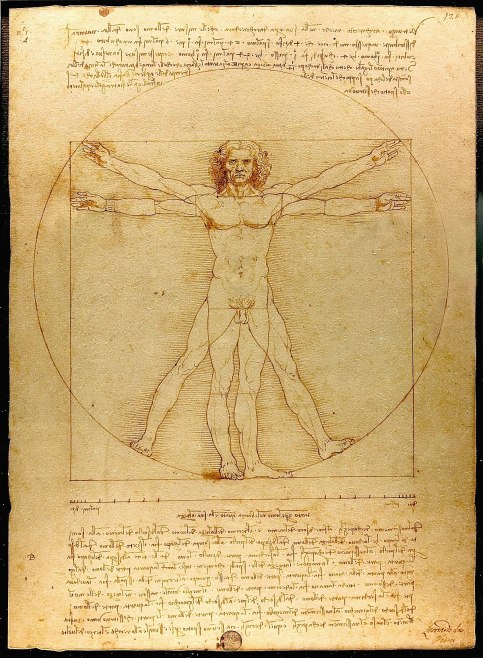
source: google images
Leonardo Da Vinci’s illustration of the Vitruvian Man depicts the movement of arms and legs as they appear at various angles.
2. Moving Pictures:
1600 – 1877
In this period of the Industrial Revolution, various machinery was used to imply moving pictures.
1603 – Magic Lantern
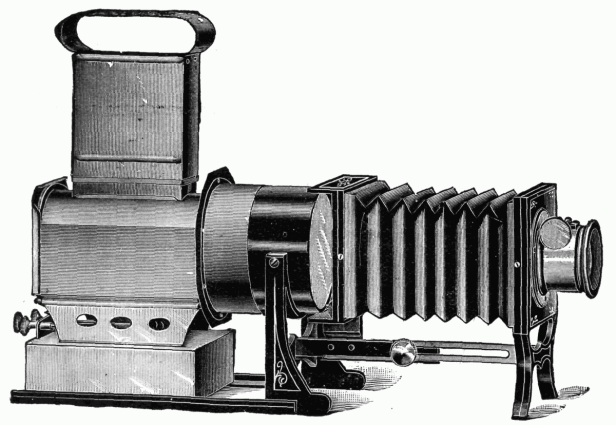
source: google images
The Magic Lantern was invented by Edward Muybridge who was known as the true “Father of Animation” with this device. It projected images using planes of glass with images on them. Some of these sheets of glass had moving parts on them and so was considered the first form of projected animation at the time.
1824 – Thaumatrope
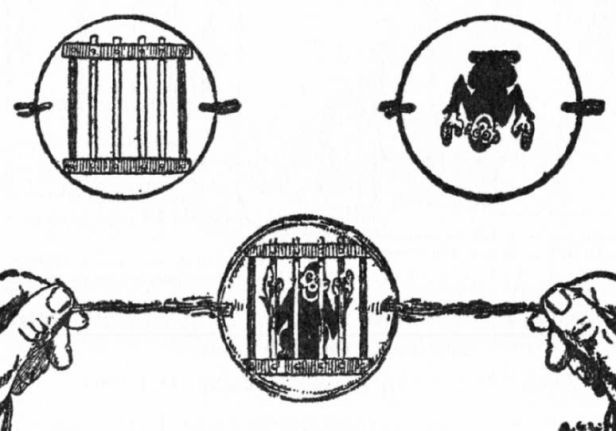
source: google images
The Thaumatrope was invented by John Ayrton Paris. It would hold a rotating mechanism with a different picture on each side so that when twirled, the two images would marry to create a single image. This works using a sort of optical illusion known as ‘persistence of vision’ used in animation where, “because the human eye and brain can only process 10 to 12 separate images per second [, you are able to retain] an image for up to a fifteenth of a second. If a subsequent image replaces it in this period of time it will create the illusion of continuity.” 1.
1831 – Phenakistoscope
source: google images
The Phenakistoscope was created by Joseph Plateau. It housed spinning disks with images printed on them. These disks were then reflected in mirrors to make it seem as though the images were animated.
1834 – Zoetrope
source: google images
The Zoetrope was invented by William George Horner. It is a drum that contained long strips of material with images on them which would be spun and in turn, make it look as though the images moving.
1868 – Flip-book
source: google images
The Flip-book or Kineograph is used by drawing a series of progressive drawings on the pages so that, when the pages are flipped, a moving image is created. It is said to have been credited with bringing inspiration to animators of the time more so than the machines produced throughout this time period.
1877 – Praxinoscope
source: google images
The Praxinoscope, also known as Movieola, was like the Zoetrope as it used the same principles – although it used multiple wheels to rotate images. It was invented by Charles-Émile Reynaud, a science teacher.
3. The Silent Era:
1900 – 1930
Previously from here, only GIF type animations were created without narrative due to the limitations of the devices and how many frames they could showcase. However, around the beginning of the 20th century is when cartoons were starting to be shown with theatrical intentions, more so in the United States and France. Animation studios were being formed and success was most prevalent with Bray Studios in New York. Bray worked with the cartoonists that created Mighty Mouse, Betty Boop, and Woody Woodpecker and helped their careers to take off. Here are some examples of the most notable pieces:
1906 – Humorous Phases of Funny Faces
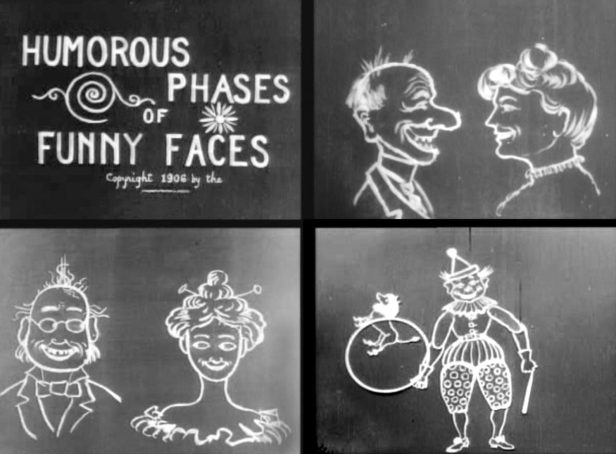
source: google images
This was the first animated film to use stop-motion photography to create a scenario.
1908 – Fantasmagorie
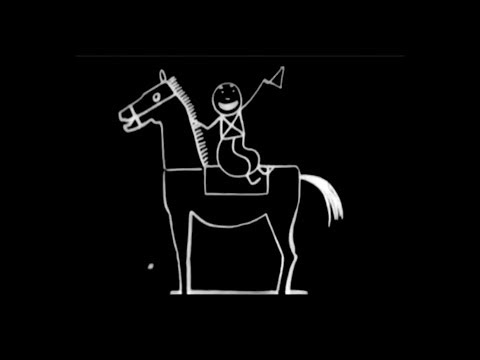
This was the first hand-drawn animation and is considered to be the first animated cartoon amongst film historians.
1914 – Gertie the Dinosaur
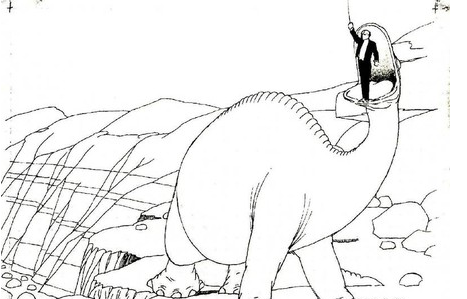
source: google images
This was considered to be the first cartoon featuring an appealing character.
1919 – Felix the Cat

source: google images
Felix the Cat, by Musical Mews and Feline Follies, was often considered to be the first animated movie star.
1928 – Steamboat Willie
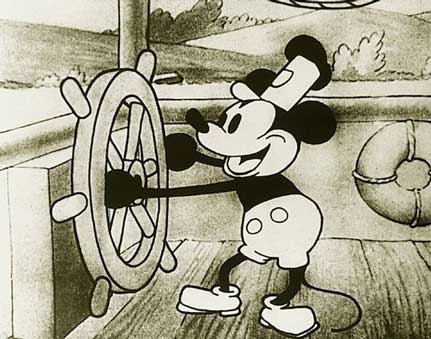
source: google images
With the now iconic character Mickey Mouse, this animation was the first to have sound included by having it printed on the film. This Walt Disney Studios’ first noteworthy success.
Walt Disney and his brother Roy co-founded Walt Disney productions in 1923 and it still stands today to be one the most well-known motion-picture production companies worldwide.
4. The Golden Age of American Animation:
1930 – 1950s
This time came to be known as a ‘Golden Age’ due to how theatrical animation became such a main part of the day to day culture. This time period was defined by multiple motion-picture production companies, including, Walt Disney, Warner Brothers, MGM and Fleischer. Notable productions:
1930 – Merrie Melodies
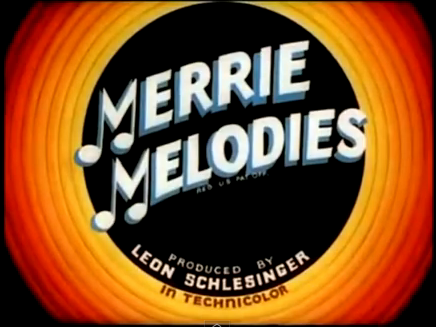
source: google images
Warner Brothers Cartoons was founded and thus, Merrie Melodies was created.
1937 – Snow White
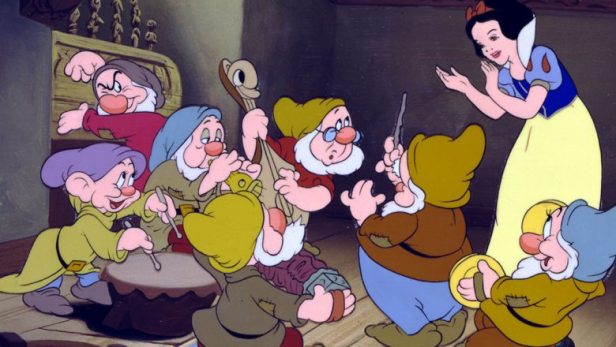
source: google images
Walt Disney released Snow White and the Seven Dwarves, now a classic, and it was revered as the first animated film to be created using a hand-drawn process.
5. The American Television Era:
1960 – 1980s
As animated content began to form into a focal point of entertainment for American families, the animation industry started to adapt. These studios created various cartoons for TV, all while adopting a “limited animation” style. With help from cable channels such as The Disney Channel and Nickelodeon, cartoons were everywhere by the mid-80s.
1960 – Flintstones
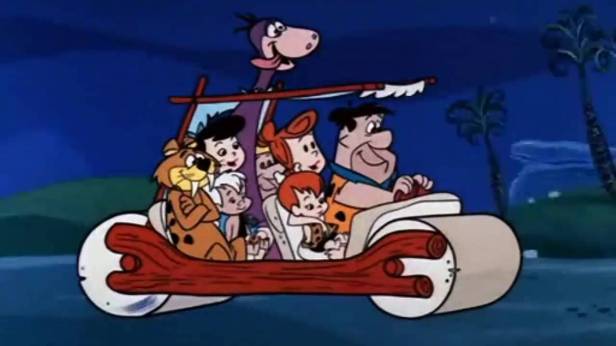
source: google images
The Flintstones was released as the first animated series on prime-time TV by Hanna-Barbera.
1961 – Yogi Bear
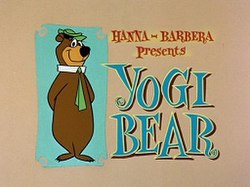
source: google images
Hanna-Barbera released another show, The Yogi Bear Show which aired on national TV.
1964 – The Pink Phink
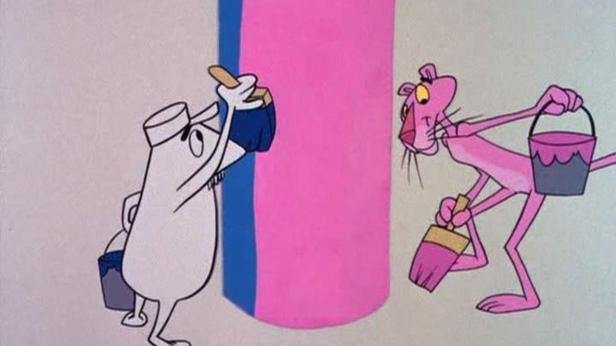
source: google images
Won the Academy Award for Best Short Film.
1964 – Fritz the Cat
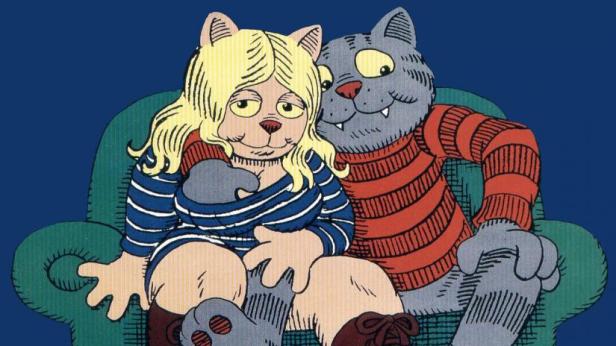
source: google images
Fritz the Cat was the first animated adult motion picture.
6. Modern American Era:
1980 – 2014
CGI (computer generated imagery) was introduced and revolutionised the animation industry as well as animation as a whole. CGI was fundamentally different on the basis that all other forms of animation had been 2 dimensional whilst CGI involved replacing a drawing with 3D modelling.
1984 – The Adventures of Andre & Wally B
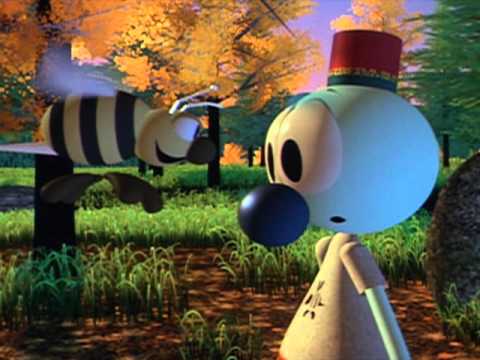
source: google images
The Graphics Group created the first fully CGI animated film, The Adventures of Andre and Wally B.
1987 – The Simpsons

source: google images
The Simpsons is an animated sitcom aimed at adults created by Matt Groening – It is the longest-running American sitcom and American animated program, even surpassing Gunsmoke as the longest-running American scripted primetime TV series in 2009.
1995 – Toy Story
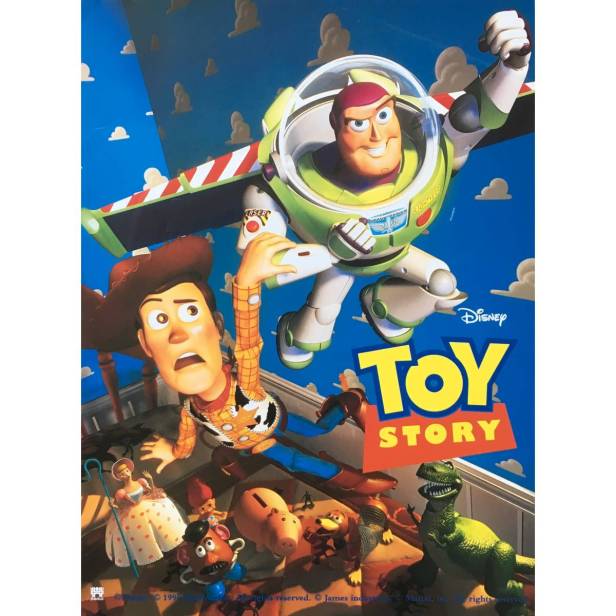
source: google images
Toy Story was the first fully computer-animated film. It was produced by Pixar Animation Studios and released by Walt Disney Pictures.
2014 – Big Hero 6
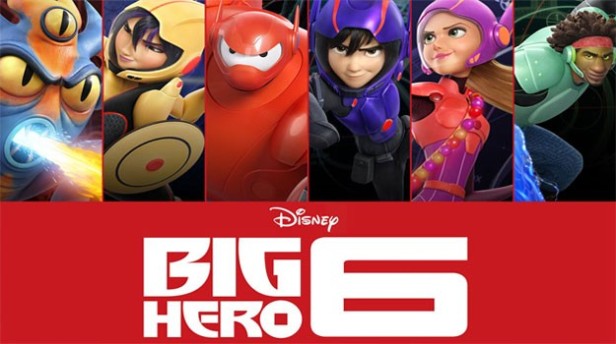
source: google images
Big Hero 6 was the first animated film by Disney that featured a character from Marvel comics.
Honourable Mentions
1891 – Kinetoscope
source: google images
Thomas Edison invented the Kinetoscope in which a strip of film would be continually passed through the enclosure at a high speed between a lens and a lightbulb. You would then look through the peephole and see the illusion of a moving image.












